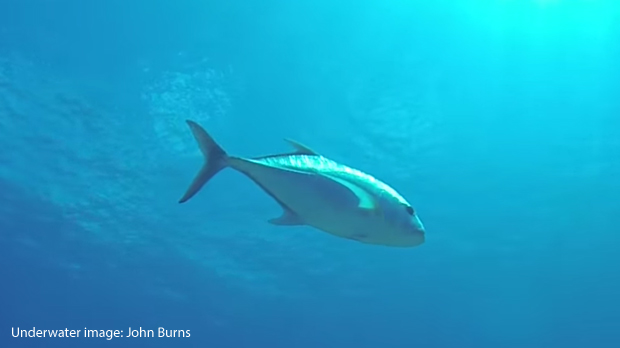On the heels of President Barack Obama’s 2016 announcement to quadruple the size of the Papāhanaumokuākea Marine National Monument in the Northwestern Hawaiian Islands, University of Hawaiʻi at Hilo Assistant Professor Matthew Knope is researching the emerging biodiversity crisis in the world’s oceans.
By comparing current data with information on ancient extinctions, Knope and his colleagues determined the potential for future mass extinction could rival the largest mass extinctions in the past and that the current biodiversity crisis is unlike any the planet has ever experienced.
“We see that large animals are particularly at risk of extinction today, and we’ve never seen that pattern at any point in any of the previous big five mass extinctions,” said Knope.
The research indicates that human fishing and hunting are currently the dominant threats to these marine animals. Fisheries generally target larger species for consumption first and then move down the food web to smaller ones. Knope suggests that only a dramatic shift in the business-as-usual course for marine management can head off a mass extinction whose impact could rival the extinction of the dinosaurs 66 million years ago.
“Big animals tend to be at the top of ecological food webs,” said Knope. “They also tend to be very important in terms of the cycling of nutrients through the ocean waters and in terms of the mixing of the sediments at the bottom of the sea floor.”
Knope and his colleagues hope that President Obama’s move to dramatically expand Papāhanaumokuākea may provide the kind of positive model for future conservation actions needed to curtail this pending mass extinction.
“Certainly seems that approaches like President Barack Obama’s expansion of the Northwestern Hawaiian Islands National Marine Monument will provide key critical habitat for these large animals to recover.”
Read more about the study at the UH Hilo website.


